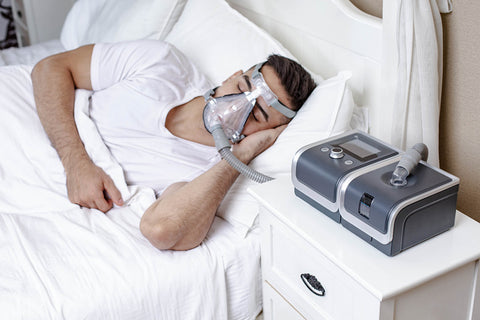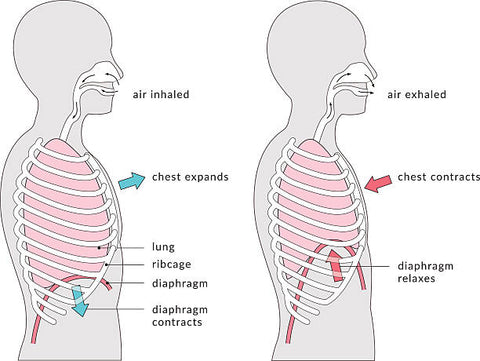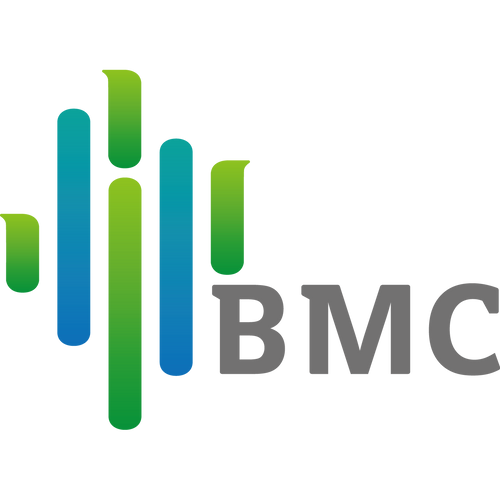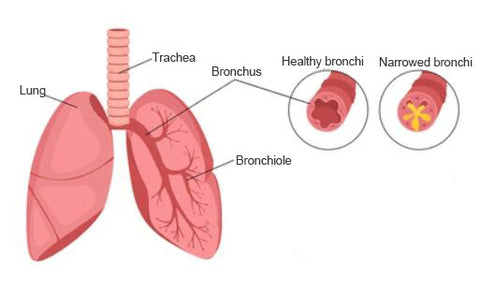-
Noninvasive positive-pressure ventilation(NPPV)
There are 2 primary types of NPPV: BiPAP and CPAP.
BiPAP machines are often used to treat COPD. It is mainly connected to the machine through a mask and a tube to give continuous positive-pressure ventilation to the patient. It is generally non-invasive to the body and is suitable for people with automatic breathing.
-
Mechanical Ventilation
The ventilator is used for ventilation under the condition of tracheotomy or intubation through the mouth or nasotracheal. It is mainly aimed at comatose patients who are not automatic breathing.
For patients with COPD, the ventilator is only recommended for patients with very severe disease.
BiPAP makes COPD patients breathe easier
How does BiPAP work?
Suppose your body needs you to inhale 500 ml of gas each time you breathe, but because of the small airway blockage, you try your best to inhale you can only inhale 250 ml each time, so you have to speed up the frequency of inhalation, and you yourself will be very tired and painful.
When COPD reaches type 2 respiratory failure, CO2 retention disrupts the acid-base balance and affects the central nervous system, kidneys, gastrointestinal system and circulatory system.
After you use the BiPAP machine, you can inhale 150 ml with normal exertion, and the ventilator helps you blow in 350 ml of gas, so you can inhale 500 ml of gas to meet your body's needs, and you don't need to push very hard, so your diaphragm gets a rest. This is why patients with COPD feel relaxed and comfortable on the BiPAP machine.
When you exhale, the BiPAP actively decompresses, which creates a pressure difference. This pressure difference helps to remove the gas from the alveoli, thus greatly reducing the risk of CO2 retention. Preventing respiratory failure greatly improves the patient's quality of life and controls disease progression.
BiPAP can effectively prevent further deterioration of COPD
It is now generally accepted that COPD cannot be cured by treatment, but that a cure is possible in the early stages of development. The use of BiPAP can effectively prevent further deterioration of COPD and improve the patient's standard of living.
Often when CPAP does not help with apnea and snoring, BiPAP can also be used for the treatment.
BiPAP can improve breathing and thus reduce the risk of some diseases.
Having COPD or apnea indicates that automatic breathing is no longer sufficient to provide the body with the oxygen it needs. Insufficient oxygen causes metabolism to slow down, blood lipids to rise, dizziness, forgetfulness, sleepiness, chest tightness etc. Especially for brain cells, insufficient oxygen can lead to cellular damage.
Even, all organs of the body may be affected by cellular hypoxia, which increases the risk of cellular carcinogenesis and induces cancer. Therefore, long-term use of BiPAP is necessary for COPD patients and BiPAP does not interfere with or replace the user's breathing.
BiPAP is effective in preventing disuse atrophy of the diaphragm
BIPAP is capable of bringing many benefits to the patient. Unlike mechanical ventilation, positive pressure ventilation is a consequence of encouraging and exercising the patient's ability to automatic breathing.
Mechanical ventilation is contrary to the normal physiological needs of respiration, and while it brings therapeutic effects to the patient, it is inevitably accompanied by interference with the normal physiological processes of the body and is thus prone to adverse effects. Very often, mechanical ventilation gives benefits to the patient's lungs but damages the brain, the liver, the heart, and the kidneys benefits...
BiPAP preserves automatic breathing
Diaphragmatic breathing (abdominal breathing) has many benefits. One of them is that, in contrast to upper chest breathing, the diaphragm is a strong muscle that can work continuously. The upper chest muscle is not suitable for continuous work and is inefficient and oxygen intensive. If you mainly use upper chest breathing the oxygen consumption is about 25%, while mainly using diaphragm breathing the oxygen consumption is about 2%. So upper chest breathing is a very tiring way of breathing.

Numerous medical experiments have proven that diaphragmatic breathing is more efficient and has additional benefits, such as improved venous blood return, lower intracranial pressure, and improved blood supply to the digestive and urinary systems. In the BIPAP, diaphragmatic disuse atrophy can be effectively prevented due to the ability to encourage patients to automatic breathing, which is beneficial to physical health.



